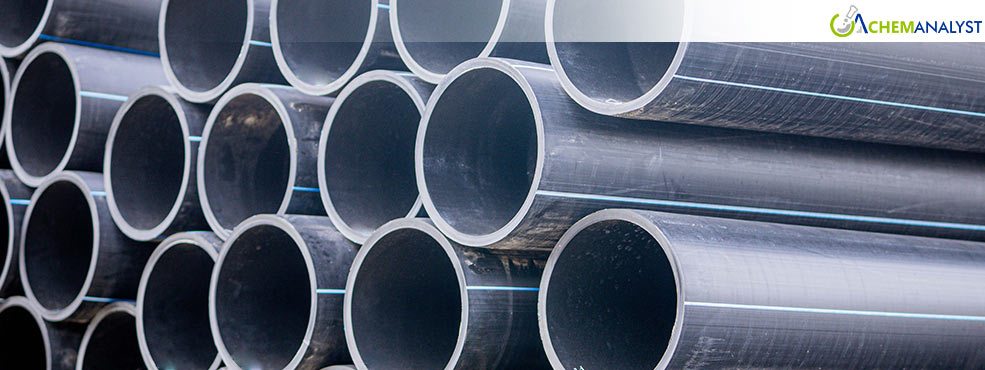Welcome To ChemAnalyst

High-density Polyethylene (HDPE) observed a contrasting trend across the Asian and European markets during second week of April. The Asian HDPE market struggled amid cautious buying sentiments in the region meanwhile the European HDPE prices surged amid low supply in the region. Further, feedstock Ethylene costs and the uncertainties around US tariffs have impacted the market dynamics in both regions.
Key Takeaways:
The HDPE prices in Asia have recently dropped with Chinese prices significantly decreasing by 2% for Injection Moulding grade (EXW Jiangsu) in the second week of April. Falling feedstock ethylene and global crude oil prices which are linked to new U.S. tariffs have made the market more uncertain. Weak economic signals and unclear trends have made buyers more cautious, leading to reduced activity as many adopt a wait-and-see approach. To attract buyers, traders are offering discounts to reduce stock pressure.
Although maintenance at production plants has decreased, suggesting possible supply increases, demand remains limited. Buyers are restocking at lower prices, but sales volumes have not risen much. Continued economic struggles have caused producers to cut factory prices further, which pushed market prices even lower. In Southeast Asia, HDPE import prices have fluctuated due to weak demand and new U.S. tariffs, adding to overall market uncertainty.
According to ChemAnalyst, HDPE prices in the Asian market are expected to follow a similar trend in the near term. New price offers from the Middle East could also affect prices in Asia. At the same time, ongoing uncertainty around tariffs and weak market sentiment may keep putting pressure on prices. However, changes in ethylene costs and regional supply levels could also play a role in shaping how the HDPE market moves.
This week, HDPE prices in Europe showed an upward trend as German HDPE Injection grade FD Hamburg increased by 1.2% this week concluding on April 11, 2025. Due to plant maintenance and reduced production, supply from local producers stayed limited. With no large import volumes arriving, the market remained balanced. While demand from converters stayed weak, the packaging industry kept some business going. Producers are trying to hold onto their cost savings instead of lowering prices.
If the EU imposes tariffs on U.S. PE imports, prices may rise more sharply in the second half of April. For now, there’s enough supply to meet contract needs, but demand is expected to stay slow as the second quarter begins. Some companies plan to pause operations over Easter, taking advantage of the holiday period to manage low activity.
We use cookies to deliver the best possible experience on our website. To learn more, visit our Privacy Policy. By continuing to use this site or by closing this box, you consent to our use of cookies. More info.
